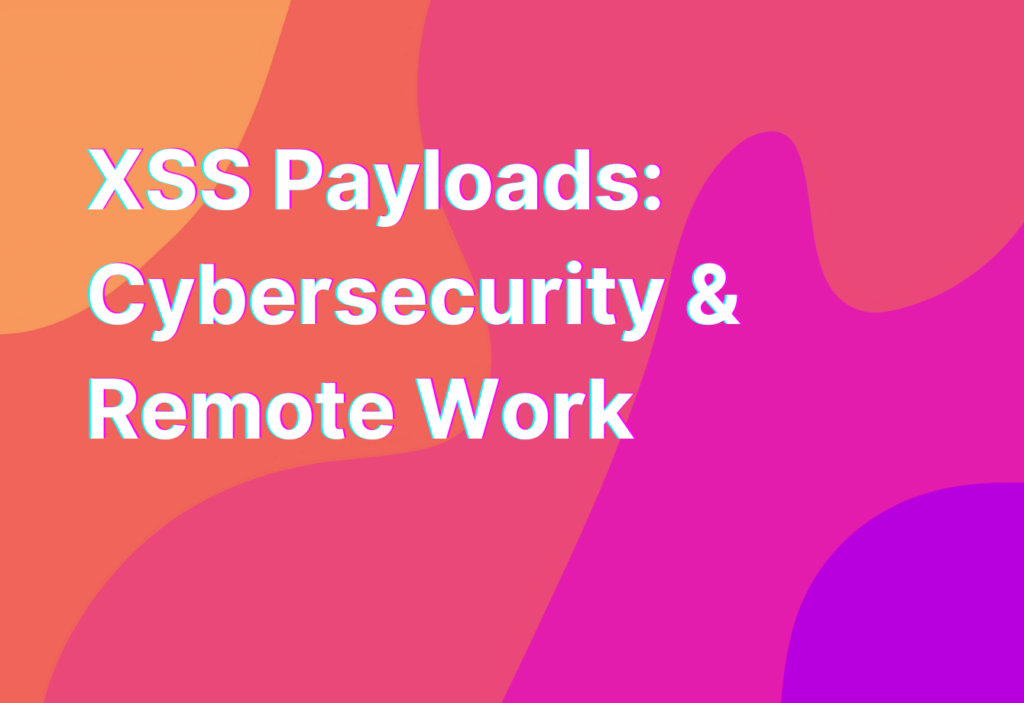XSS Payloads: Cybersecurity & Remote Work
Hey there, remote work enthusiasts! It’s Ashley here, your friendly remote work advocate with another informative blog post. Today, we’re diving into the world of XSS payloads and how they relate to cybersecurity in the remote work landscape. So grab your favorite cup of coffee and let’s get started!
What is an XSS Payload?
An XSS payload, short for Cross-Site Scripting payload, is a type of cyber attack that targets web applications by injecting malicious code into a website. This code is then executed by unsuspecting users who visit the compromised site, allowing the attacker to steal sensitive information or perform other malicious actions.
Now, you might be wondering how XSS payloads are relevant to remote work. Well, in the era of remote collaboration and online communication tools, the risk of encountering XSS vulnerabilities is higher than ever. As remote workers, we rely heavily on web applications and platforms to carry out our daily tasks, making it crucial to understand the potential risks and how to protect ourselves.
The Impact of XSS Payloads on Remote Work
XSS payloads can have severe consequences for remote workers and their organizations. Here are a few ways in which these attacks can impact remote work:
- Data Breaches: By exploiting XSS vulnerabilities, attackers can gain unauthorized access to sensitive data, such as login credentials, personal information, or even financial details. This puts both remote workers and their employers at risk of data breaches and identity theft.
- Compromised Communication: Remote teams heavily rely on communication tools like Slack, Microsoft Teams, or Trello to collaborate effectively. If these platforms are compromised through XSS attacks, it can lead to unauthorized access to conversations, file sharing, and other sensitive information.
- Reputation Damage: A successful XSS attack can tarnish the reputation of both remote workers and their organizations. Clients and customers may lose trust in the security measures in place, leading to potential business loss.
- Productivity Loss: Dealing with the aftermath of an XSS attack can be time-consuming and disruptive. Remote workers may need to spend valuable work hours resolving the issue, impacting their productivity and overall work-life balance.
- Legal and Compliance Issues: Depending on the nature of the compromised data, remote workers and their organizations may face legal and compliance issues. This can result in fines, lawsuits, and damage to professional reputations.
Protecting Yourself from XSS Payloads
Now that we understand the potential impact of XSS payloads on remote work, let’s explore some practical steps you can take to protect yourself and your organization:
- Stay Updated: Keep your web browsers, plugins, and applications up to date with the latest security patches. Developers often release updates to address known vulnerabilities, so make sure you’re not missing out on these crucial updates.
- Be Wary of Suspicious Links: Avoid clicking on unfamiliar or suspicious links, especially those received via email or instant messaging platforms. Hover over the link to check the URL before clicking, and if in doubt, reach out to the sender to confirm its legitimacy.
- Implement Content Security Policies (CSP): CSP is a security standard that helps prevent XSS attacks by defining the sources from which a website can load content. By implementing CSP, you can significantly reduce the risk of XSS vulnerabilities.
- Use Web Application Firewalls (WAF): WAFs act as a protective barrier between your web applications and potential attackers. They can detect and block malicious traffic, including XSS payloads, before they reach your website.
- Educate Yourself and Your Team: Stay informed about the latest cybersecurity best practices and share this knowledge with your remote team. By fostering a culture of security awareness, you can collectively reduce the risk of falling victim to XSS attacks.
Wrapping Up
As remote workers, it’s essential to be aware of the potential risks associated with XSS payloads and take proactive measures to protect ourselves and our organizations. By staying updated, being cautious of suspicious links, implementing security measures like CSP and WAFs, and educating ourselves and our teams, we can minimize the impact of these cyber threats.
Remember, cybersecurity is a shared responsibility, and together, we can create a safer remote work environment. If you want to dive deeper into the world of cybersecurity and remote work, check out this Advanced Persistent Threat article on our website. Stay safe and happy remote working!


